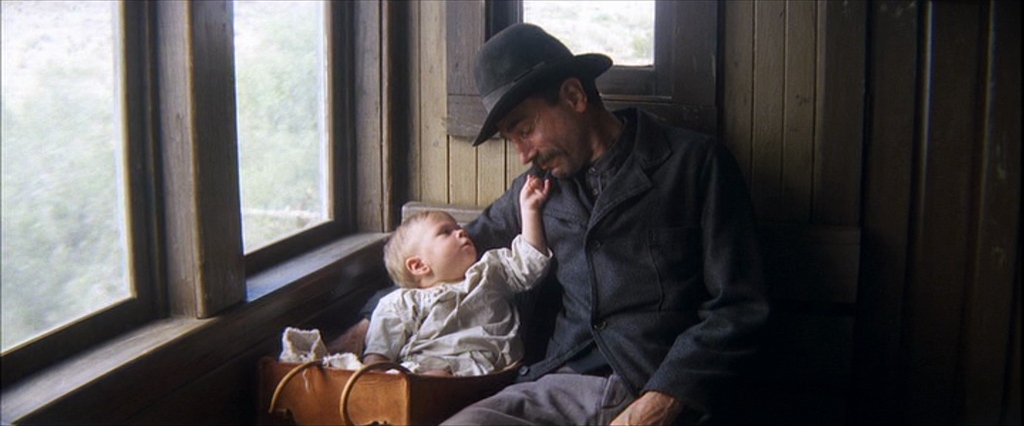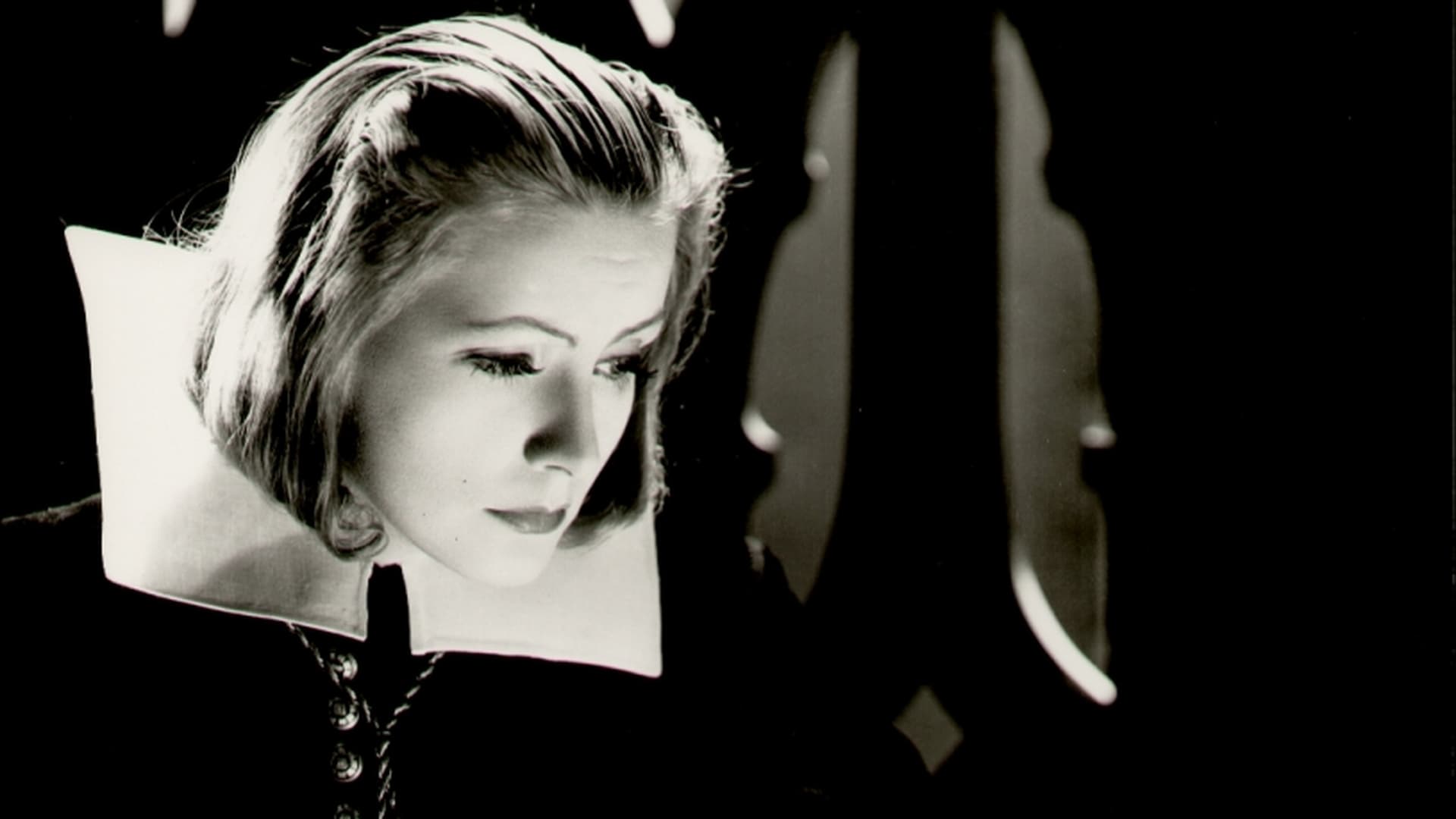Tag: bushra varachia
-

Technological Success, Emotional Failure: Civilization and Unhappiness in THERE WILL BE BLOOD
Happy is the man free of business cares, who, like the men of olden days, ploughs the family fields with his own oxen and neither lends nor borrows. — Horace, Beatus Ille[1] In his essay, Civilization and Its Discontents, Sigmund Freud seeks to connect the unhappiness of man as an individual to civilization and society,…
-

Queer Christina: The Representation of LGBT Characters in Pre-Code Era Films
Historically, the representation of queer characters in film and onscreen is very poor. They are often one-dimensional stereotypes portrayed through gender inversions — the gay “pansy” or the “butch” lesbian. Despite the presence of LGBT persons in front of and behind the camera, showing homosexual characters in the early years of Hollywood “in anything but…